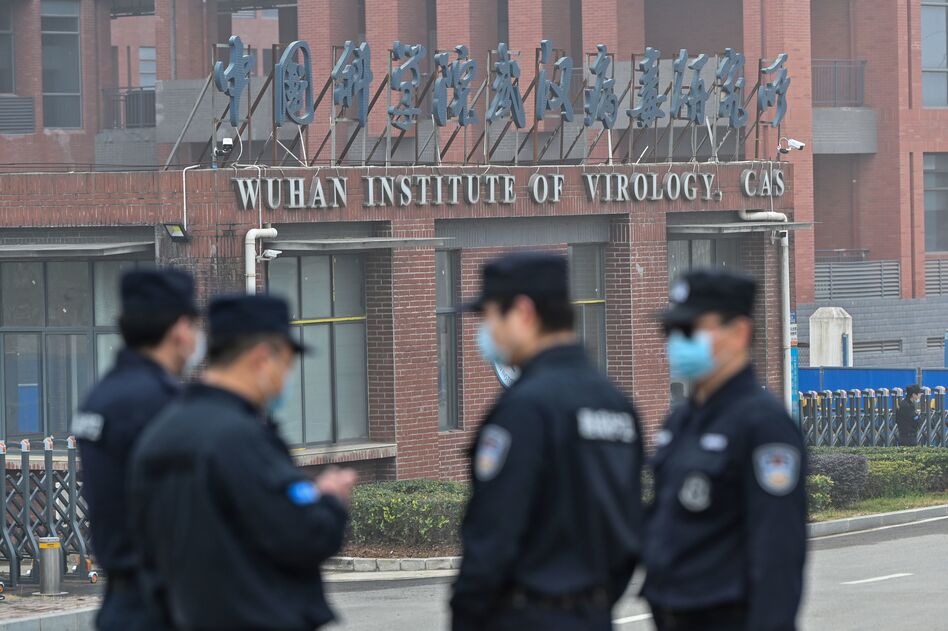US : US intelligence agencies are digging through a treasure trove of genetic data that could be key to uncovering the origins of the coronavirus — as soon as they can decipher it.
This giant catalog of information contains genetic blueprints drawn from virus samples studied at the lab in Wuhan, China which some officials believe may have been the source of the Covid-19 outbreak, multiple people familiar with the matter.
It’s unclear exactly how or when US intelligence agencies gained access to the information, but the machines involved in creating and processing this kind of genetic data from viruses are typically connected to external cloud-based servers — leaving open the possibility they were hacked, sources said.
Still, translating this mountain of raw data into usable information — which is only one part of the intelligence community’s 90-day push to uncover the pandemic’s origins — presents a range of challenges, including harnessing enough computing power to process it all. To do that, intelligence agencies are relying on supercomputers at the Department of Energy’s National Labs, a collection of 17 elite government research institutions.
There’s also a manpower issue. Not only do intelligence agencies need government scientists skilled enough to interpret complex genetic sequencing data and who have the proper security clearance, they also need to speak Mandarin, since the information is written in Chinese with a specialized vocabulary.
Officials conducting the 90-day review hope this information will help answer the question of how the virus jumped from animals to humans. Unlocking that mystery is essential to ultimately determining whether Covid-19 leaked from the lab or was transmitted to humans from animals in the wild.
Investigators both inside and outside the government have long sought genetic data from 22,000 virus samples that were being studied at the Wuhan Institute of Virology. That data was removed from the internet by Chinese officials in September 2019, and China has since refused to turn over this and other raw data on early coronavirus cases to the World Health Organization and the US.
CNN


